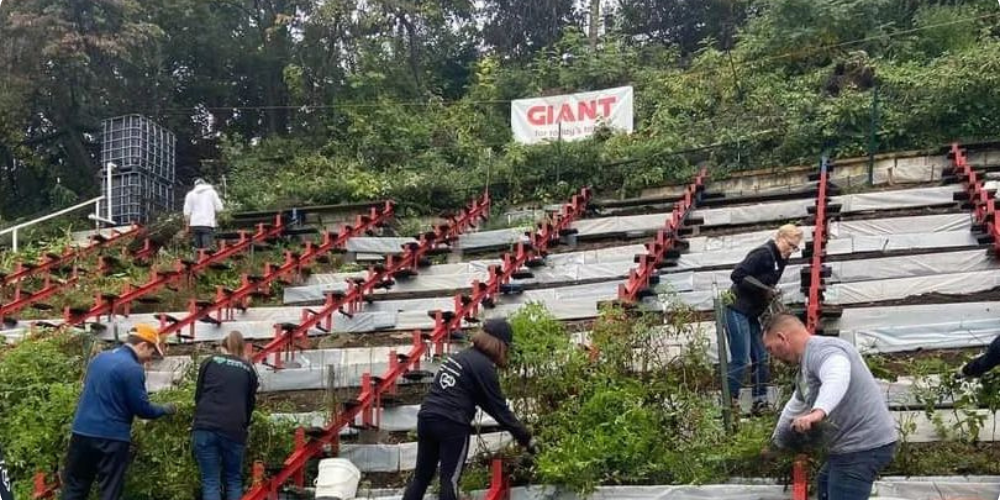
With eyes on the warming climate and increasing food insecurity, neighborhood gardens are becoming a saving grace for urban communities. Consider the physical and mental health benefits of easy access to green spaces. Now imagine green spaces that also provide food and offer opportunities to engage with neighbors. Add to that potential to reduce stormwater runoff and potentially alleviate flooding (even a bit) and you have a win-win-win situation.
Community gardens check all of those boxes. They offer opportunities for physical activity working with soil and growing things, as well as community connections that develop when tending to these spaces – the shared stories and meals, the nurtured intergenerational relationships, the newly-discovered common ground. These
According to Feeding America, food insecurity is the term used by the U.S. Department of Agriculture for when people don’t have enough to eat or know where their next meal is coming from. People struggling with poverty and unemployment, lack of affordable housing, chronic health conditions, and racism and discrimination are the ones on the front lines. Food insecurity impacts 44 million people in the U.S. including 13 million children, and millions more turn to food pantries for support.
Neighborhood gardens, which have provided food and created welcome green spaces in urban areas for generations, continue to thrive, and are gaining traction and drawing attention. Abandoned city spaces are viewed as opportunities for promoting sustainable agriculture, and connecting with nature and each other, which dominoes into promoting mental and physical wellness.
Harrisburg’s urban garden scene is thriving with community-based projects and innovative partnerships. Robin Perry-Smith joined Penn State Extension as an educator in Dauphin County in 2022, and jumped right in to help improve food access, availability, affordability, and education. Extension’s partnership with The Bridge Bleacher Garden is a perfect example of regenerative neighborhood development with their use of the former Bishop McDevitt school. This project has created high-yield foodscapes, enough to supply 120 families with 50 pounds each of fresh vegetables over the growing season.
Our personal health and the health of our communities is closely tied to nutrition, access to green spaces, and invigorating community engagement. Community gardens meet all of those needs and more, promoting regenerative, sustainable agriculture as a powerful and effective climate change solution. Let’s get digging – together.
For more information:
Urban Garden Guru: Harrisburg PA Urban Gardening: Evolution, Importance, and Practical Tips
Native Garden in Harrisburg Supports Urban Agriculture
Robin Perry-Smith, MHA, Penn State Extension Educator